
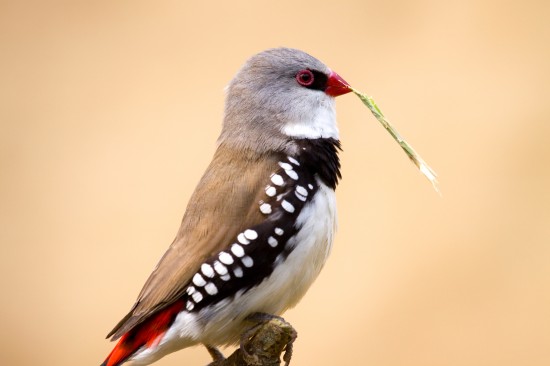
The Firetails are a family of three species of finch that all come from Australia. The Diamond Firetails is the most commonly found in aviculture in the UK.
The Diamond Firetail (Stagonopleura guttata) is found across eastern Australia from the Eyre Peninsula, South Australia to south eastern areas of Queensland. It lives in woodland and eucalyptus forests as well as mallee country, farmland and grasslands. It has been listed as Near Threatened as it suffers from habitat loss due to over grazing, weed invasion and loss of its plant foods. Firetails have also been affected by invasive species in their areas and greater numbers of predators.
It is a distinctive bird around 12 cm in length with a bright red bill and feathers on its rump. The wild form bird features a thick black band across the throat that extends down the breast and features white spots. The rest of the breast is white and the back is grey, as is the tail feathers after the red rump that gives them their name. These birds cannot reliable sexed visually, but only the cock bird sings their peculiar song.
Mutations bred in captivity include the Yellow Diamond, where the red beak and rump are replaced with orange. Other colour mutations include pastel birds and brown or Isabel colours.
Firetails will typically be happy with a foreign finch seed mix and will enjoy millet spray and egg food. Offer them various vegetables, greens and fruits to see what they enjoy as each bird has different tastes and make sure a supply of grit is always available.
Outside of breeding season, these firetails will live happily with others without any problems. However once they start breeding, they can become little monsters, particularly with others of the same species or similar Australian species such as Zebra finches. They can live in a cage but need to have plenty of room to exercise as they have a tendency towards obesity otherwise.
Unless you are buying a proven pair, it is often best to get a group of young birds and let them select their own mates rather than selecting for them, as there is no guarantee the hen will accept your selection.
The male will display to the female by singing and hopping up and down with a bit of grass or millet spray in his beak. They will often mate in the nest and like to make their own from coconut fibre, dried grass or other nesting materials. Anywhere from four to seven eggs are laid and both birds take turns in incubating with hatching occurring around 12-14 days. When they have chicks, they will need access to live food such as mealworms or flies to feed them and the young will fledge at around 3-4 weeks old. They are fed until they are 5-6 weeks old and will have their full adult plumage at around 12 weeks of age.
The Beautiful Firetail (Stagonopleura bella) is more common in native areas than the Diamond Firetail and lives in temperate shrubland across Australia. It is very common in Tasmania and is found on the mainland from Newcastle to Kangaroo Island in the southeast of the country.
These birds are smaller than their Diamond cousins at 10-13cm in length and their plumage is mostly olive-brown in colour. The white chest has fine dark lines and they have a black mask with pale blue eye rings on the face. The rump is deep red as is the beak and the legs are creamy pink coloured. The male bird has a black patch on the abdomen which is absent in female birds.
In the wild it feeds on grass seeds as well as from certain shrubs and takes some live food. In captivity, they will enjoy a good quality foreign finch seed, greens and sprouted seeds as well as live food such as mealworms and flies or crickets.
They are typically found in groups of around 20 birds. In captivity, they manage better as a single pair in a mixed collection of dissimilar birds and need a well planted aviary to feel comfortable. Even then, they can be difficult to breed and as a result, are not common birds in aviculture in this country.
When they do breed, 4-5 eggs are laid and incubated by both birds. The chicks hatch around 13-15 days and fledge at around 23 days old. They don’t get their adult plumage until around 6 months of age and their typically lifespan is 6-8 years. When the chicks are independent, they are best removed from the enclosure where their parents live to avoid disputes.
The Red-eared Firetail (Stagonopleua oculata) is a bird of the coastal thickets and forests of south-west Australia. They tend to be solitary birds that live in pairs.
These birds are around 11cm in length, with a black eyes mask tipped with red, brownish body feathers with fine lines and a black breast with white spots. The rump and centre of the tail is bright red and the tail has black barring. Outside breeding season, it is difficult to sex the birds but when they are breeding, the red eye patch becomes orange on the females.
These firetails are not ground feeding birds but perch on branches and twigs to find their food. In captivity, a suitable diet is based around panncium, canary seed, millet and similar seeds, with them being keen on green thistle heads as a treat food.
Breeding in captivity has produced 4-6 eggs that are incubated by both birds. They chicks hatch as 12-14 days and fledge at around 21-24 days. They have adult plumage from around six months but may not be mature enough to breed until aged around 12 months.
The firetails are spectacular little birds who are interesting characters; though need to be supervised in a mixed collection when they come to breed as can be aggressive. The Diamond firetail is quite frequently seen at bird sales and can be a prolific and easy breeder once a pair has bonded.
 5 dog parenting techinques
5 dog parenting techinques
What about being a
5 dog parenting techinques
5 dog parenting techinques
What about being a
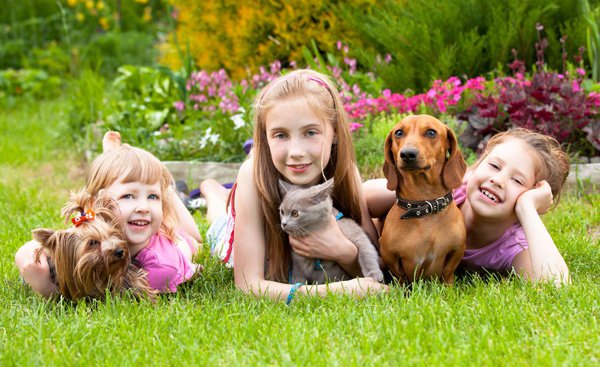 How Feeding Quality Treats Influence Dogs Health?
How Feeding Quality Treats Influence Dogs Health?
How Feeding Quality Treats Influence Dogs Health?
How Feeding Quality Treats Influence Dogs Health?
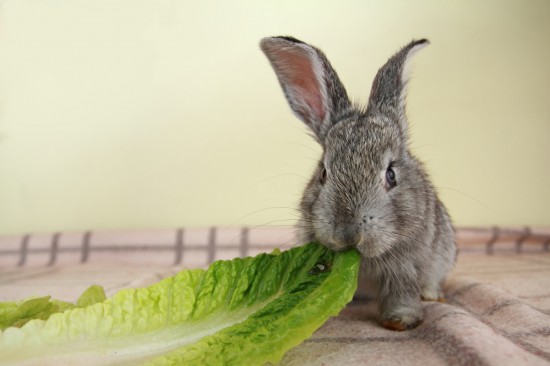 Rabbit Nutrition – 8 Faqs And Answers
Rabbit Nutrition
Rabbit Nutrition – 8 Faqs And Answers
Rabbit Nutrition
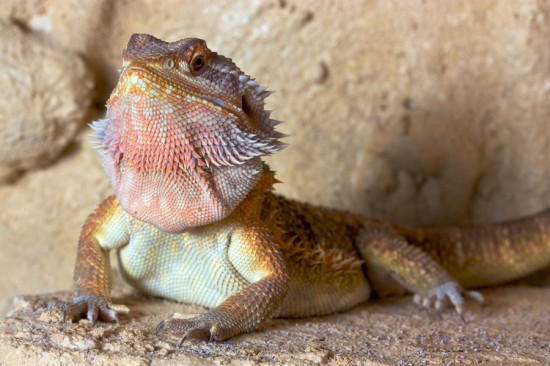 Bearded Dragons Guide For Beginners
Bearded Dragons G
Bearded Dragons Guide For Beginners
Bearded Dragons G
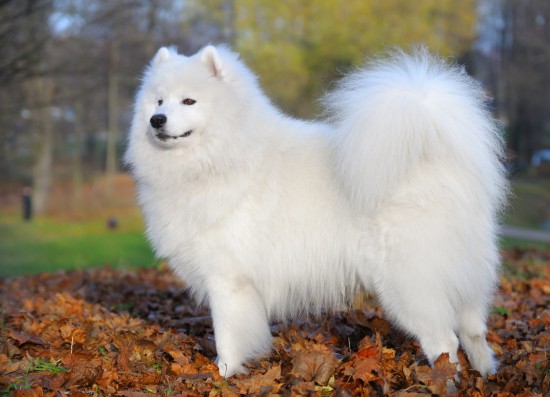 Some More Information About The Samoyed Dog Breed
Some More Informa
Some More Information About The Samoyed Dog Breed
Some More Informa
Copyright © 2005-2016 Pet Information All Rights Reserved
Contact us: www162date@outlook.com